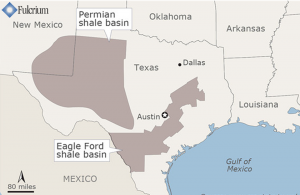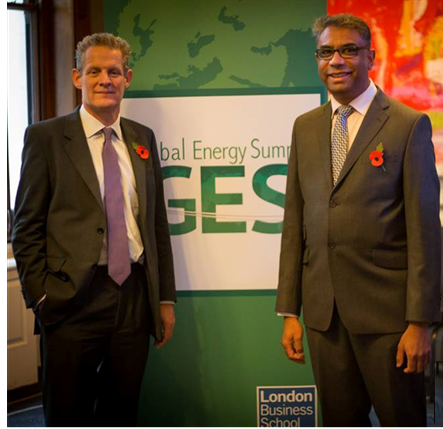
The Opec oil cartel is waking up to a surprise. Shale output from the Permian Basin in Texas is expanding faster than the world thought humanly possible. The scale threatens to neutralise output cuts agreed by Saudi Arabia and a Russian-led bloc last November, and ultimately threatens to break their strategic lockhold on the global crude market for a generation.
“People just don’t seem to realise how big the Permian is. It will eventually pass the Ghawar field in Saudi Arabia, and that is the biggest in the world,” said Scott Sheffield, founder of Pioneer Natural Resources and acclaimed ‘King of the Permian’.
Read the full story at:
http://www.telegraph.co.uk/business/2017/03/05/permian-shale-boom-texas-devastating-opec/







 '
'
